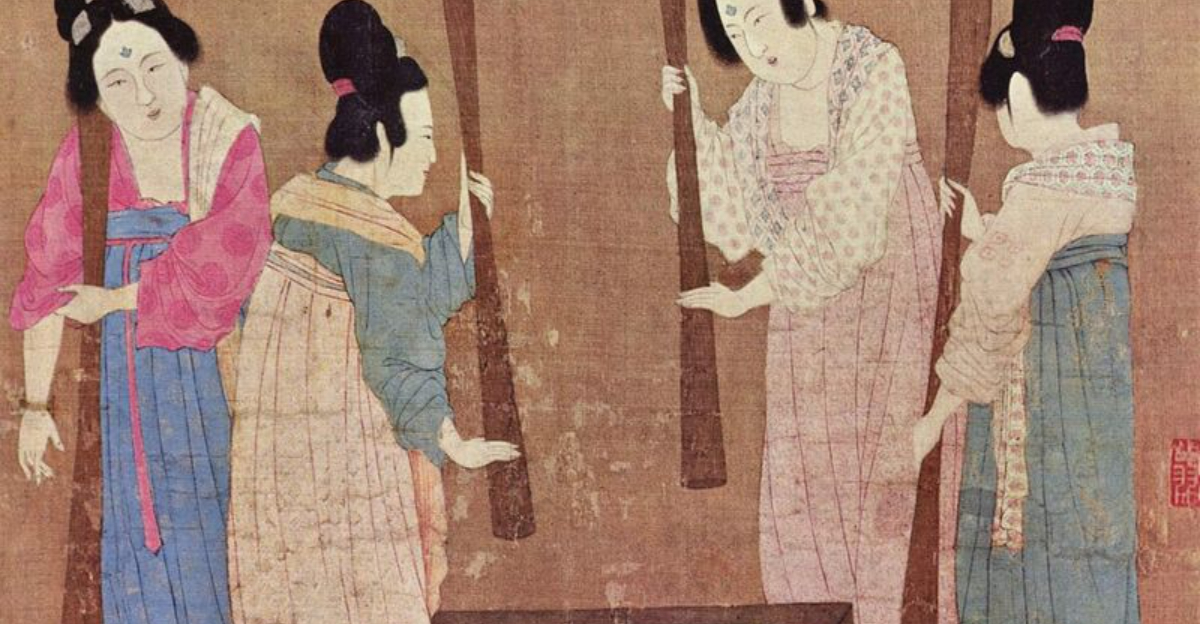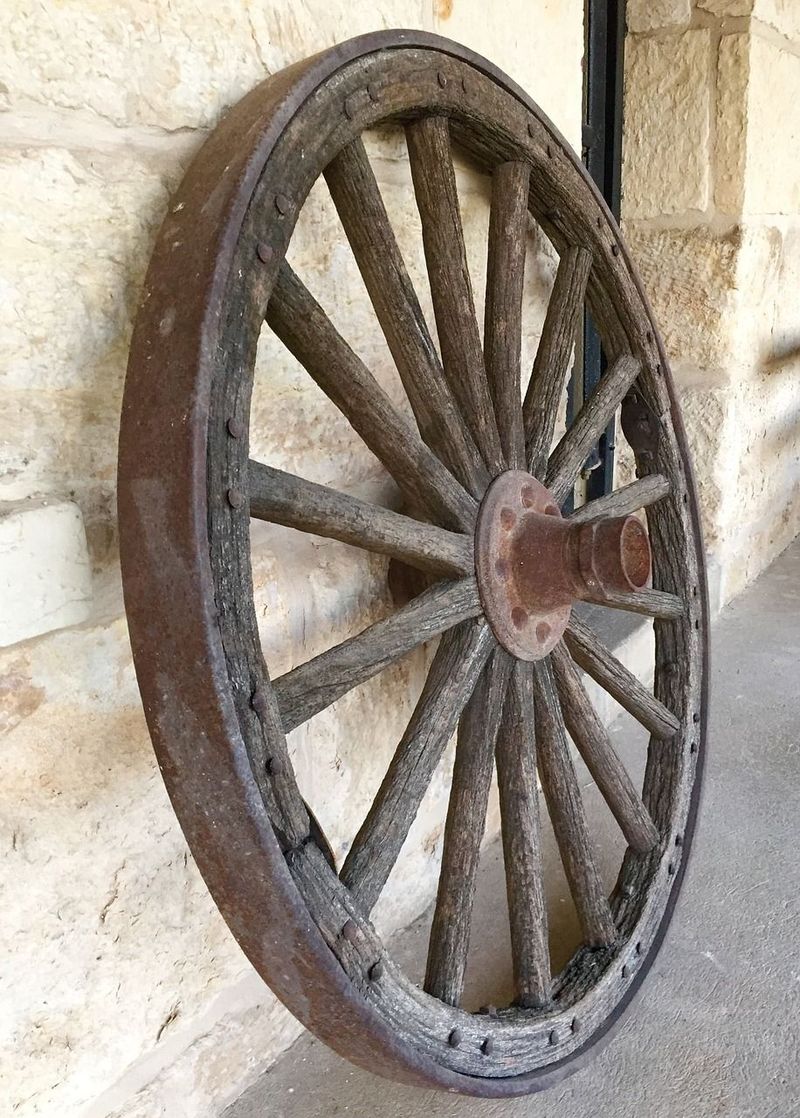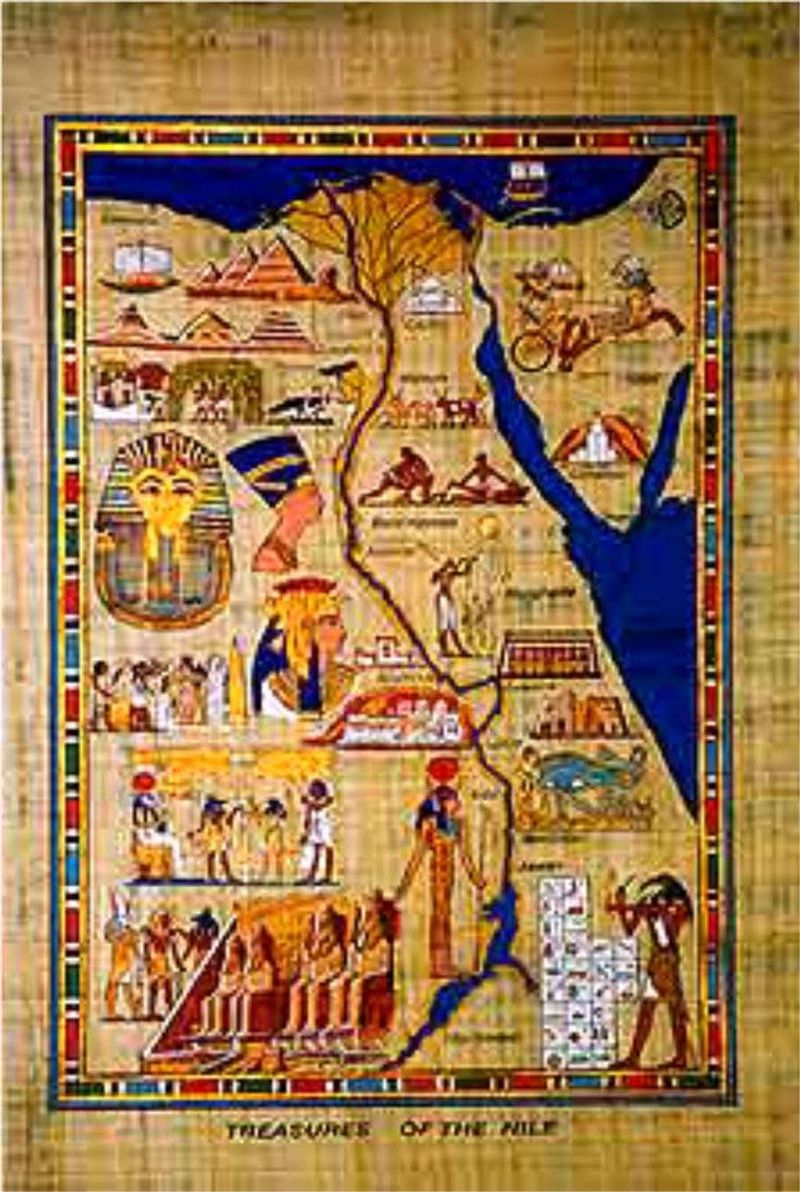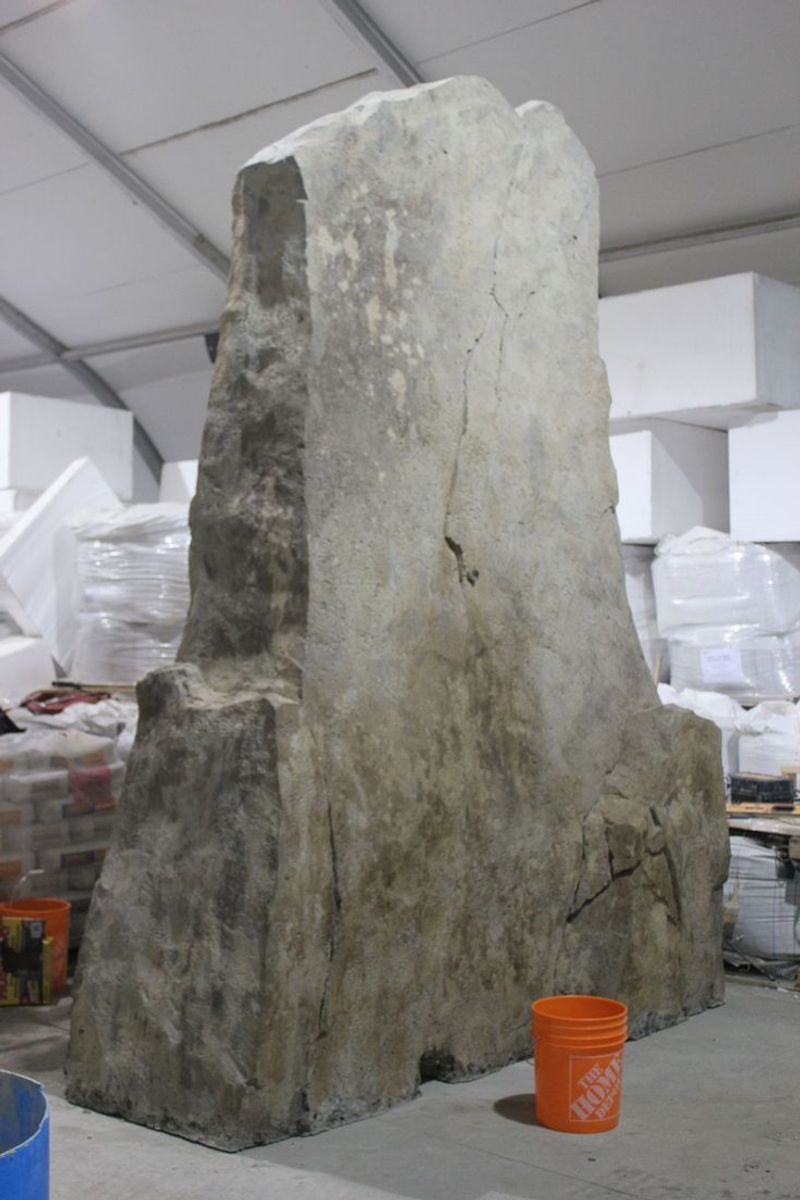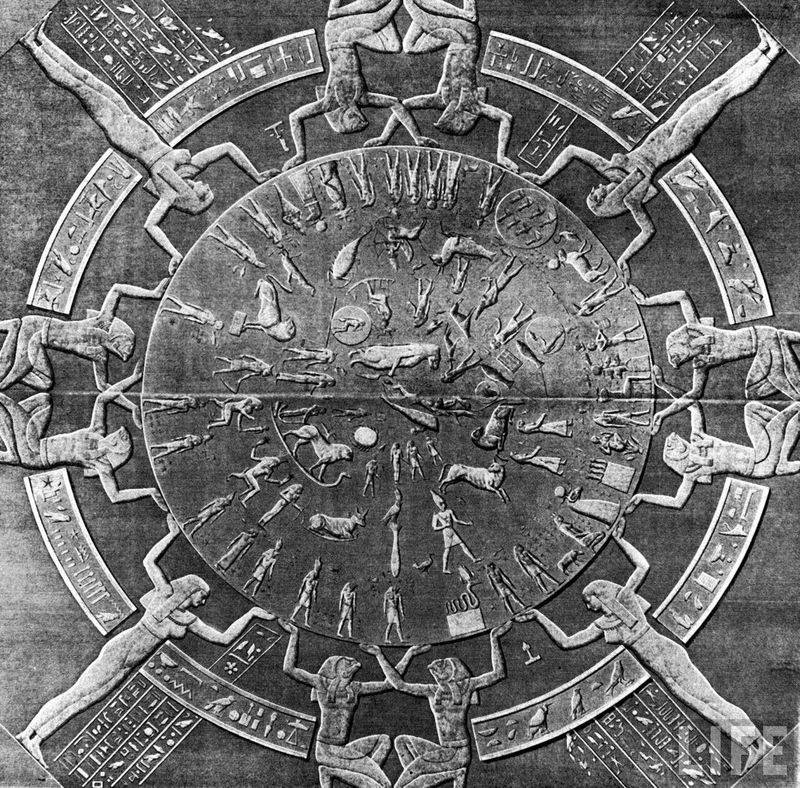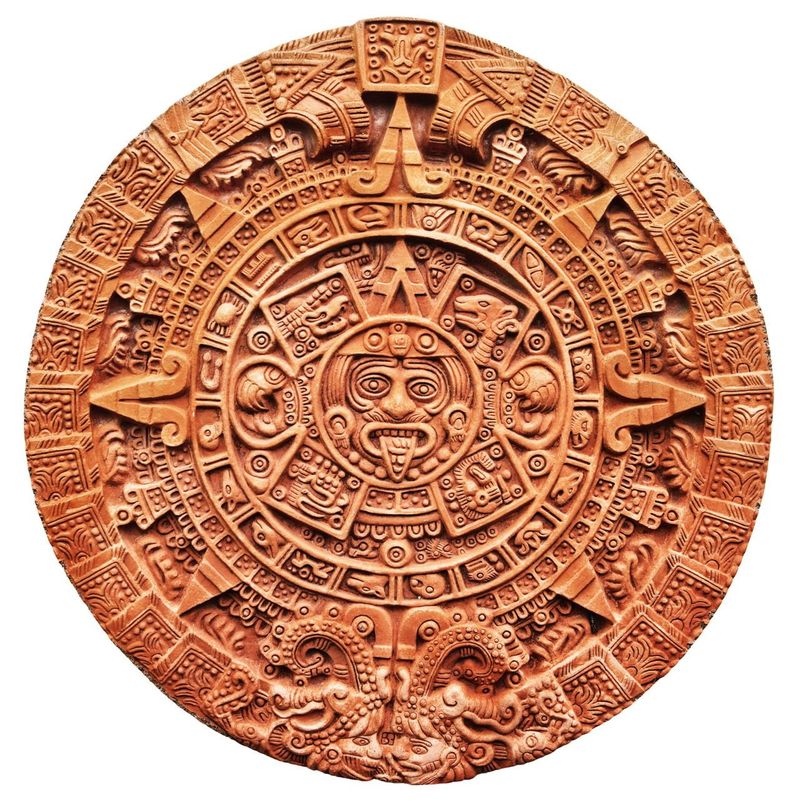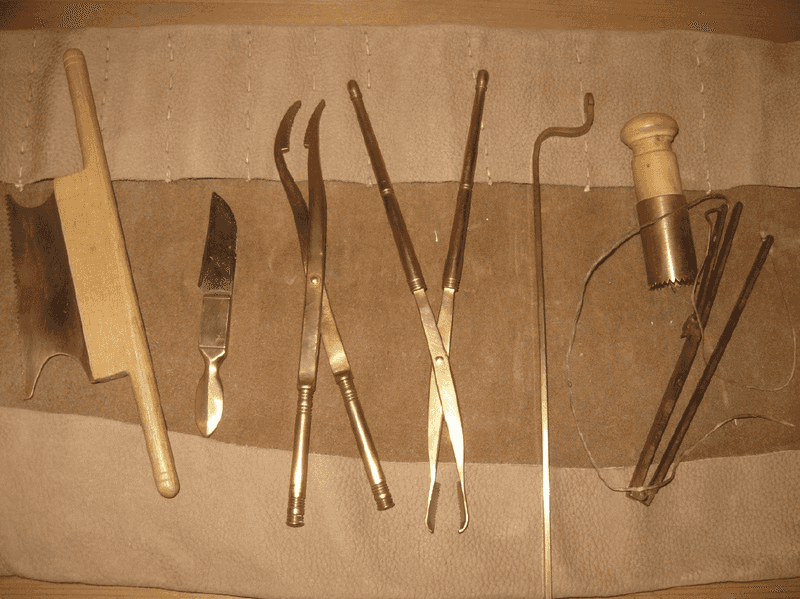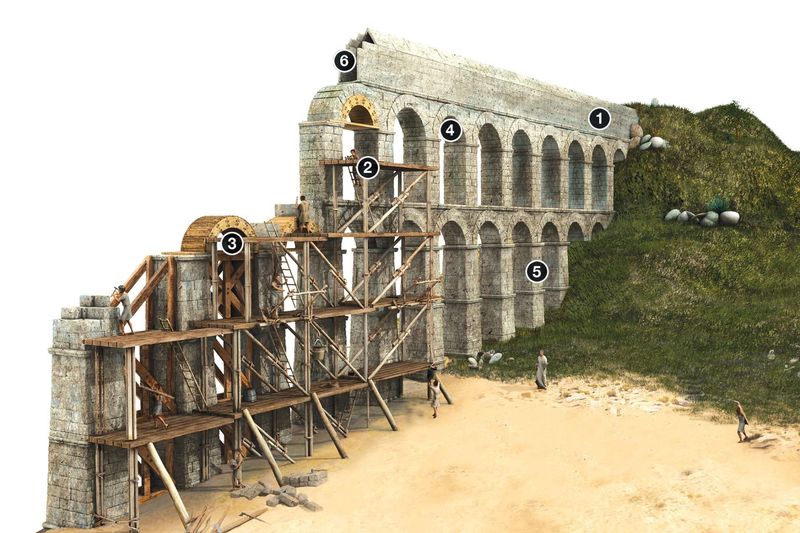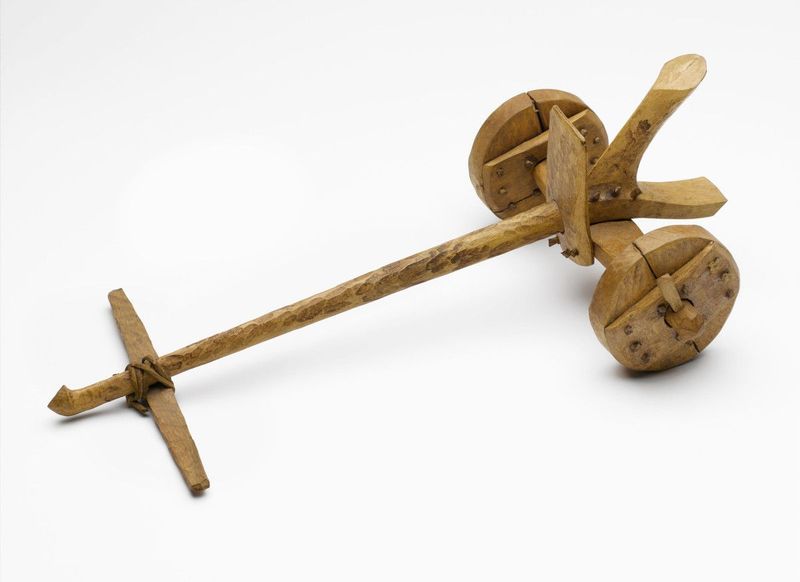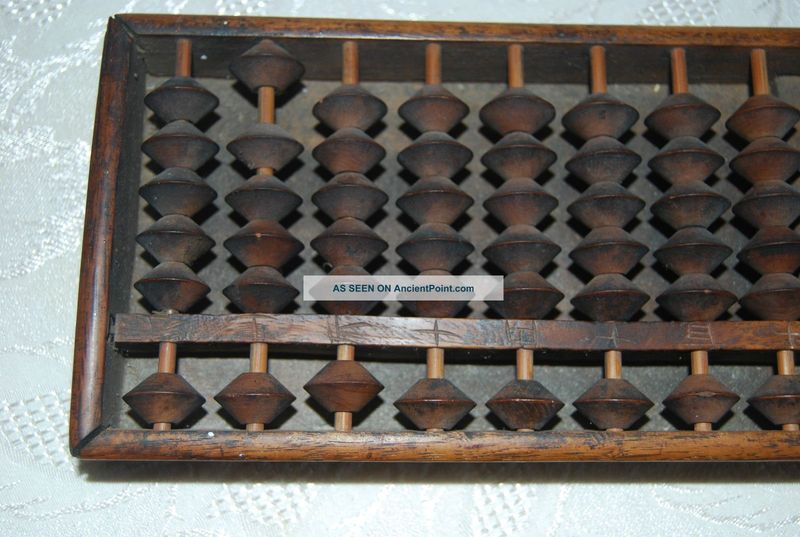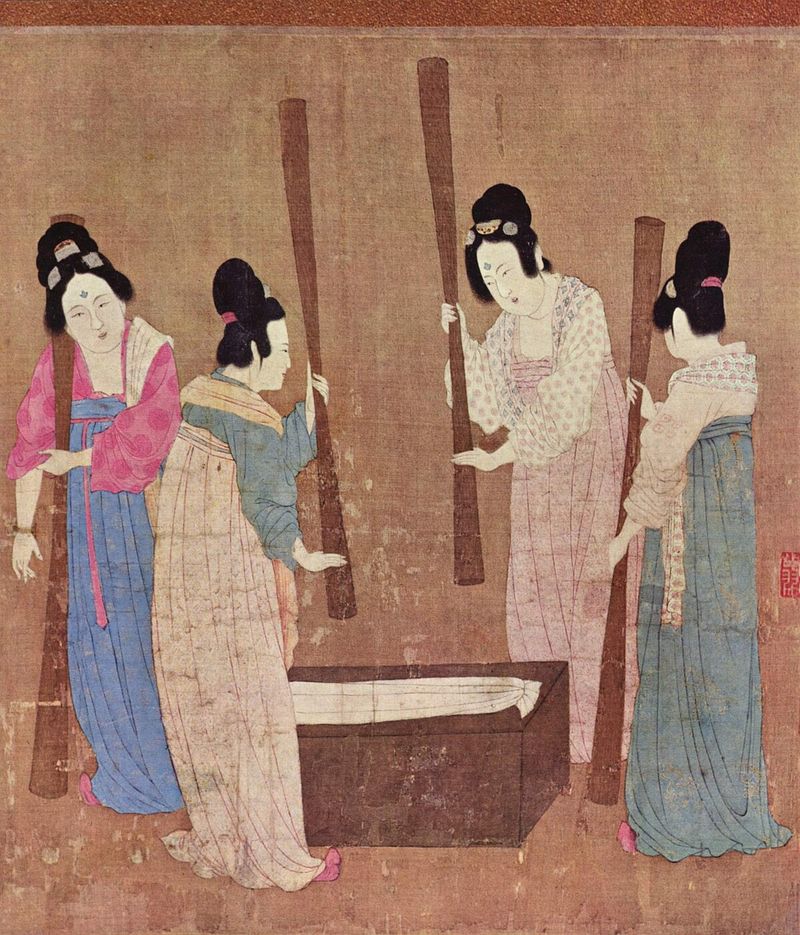Discover how ancient innovations continue to shape our modern lives. From the construction of awe-inspiring architecture to the creation of everyday essentials, these inventions are testaments to human ingenuity and resilience. Dive into the world of ancient civilizations and uncover the remarkable contributions that still influence our daily lives, inspiring progress and innovation.
The Wheel
The wheel is one of humanity’s most significant inventions. Developed over 5,000 years ago, it revolutionized transport and machinery. Initially used in pottery, its adaptation in chariots transformed trade and warfare.
The wheel’s simplicity belies its impact. It paved the way for modern vehicles, from bicycles to airplanes. Its influence extends to cogs in machines and even Ferris wheels.
Imagine a world without wheels—no cars, trains, or buses. This ancient creation continues to propel us forward, symbolizing innovation and progress. Truly, the wheel is a cornerstone of civilization.
Papyrus
Papyrus was vital to communication in ancient Egypt. This reed, found along the Nile, was transformed into a writing material. It allowed the recording of history, literature, and administration.
Papyrus led to the development of modern paper. Imagine the vast libraries of knowledge stored on these scrolls, precursors to today’s books and digital media.
Without papyrus, information sharing would have been limited. This ancient innovation laid the groundwork for education and literacy, expanding human consciousness. Its legacy endures in every piece of paper we use today.
Concrete
Roman concrete, or opus caementicium, revolutionized construction. Its durability and strength allowed for architectural marvels like the Pantheon. Unlike modern concrete, it used volcanic ash, making it more resilient.
The principles of Roman concrete inform today’s construction practices. From skyscrapers to dams, its influence is undeniable. Imagine cities without this sturdy foundation.
Roman concrete’s enduring nature is evident in structures standing today. It provided the means to build expansive empires and continues to underpin our modern world, symbolizing architectural advancement.
The Compass
The compass, invented in ancient China, transformed navigation. It harnessed Earth’s magnetic field, guiding explorers across oceans. This tool of discovery opened trade routes and expanded horizons.
Imagine seafaring without compasses—lost ships, uncharted waters. The compass made global exploration possible, connecting cultures and fostering exchange.
Today, digital and magnetic compasses help us find our way. This ancient tool remains essential, steering humanity towards new frontiers. It’s a testament to human curiosity and navigation’s evolution.
The Calendar
Calendars are ancient inventions that organize time. From the Mayan to the Roman, they structure society. They govern agriculture, religious festivals, and civic duties.
The calendar’s precision is crucial for planning. Imagine life without this time-keeping system—chaos in farming, missed celebrations.
Our modern calendar, with roots in ancient systems, continues to guide daily lives. It’s a symbol of order and predictability, essential for societal functioning and synchronization.
Surgical Instruments
Ancient civilizations, like the Greeks, pioneered surgical tools. These early instruments, crafted from bronze and iron, laid the foundation for modern surgery.
Imagine medicine without precise tools—reliant on crude methods. Their development improved health outcomes, reducing mortality.
Today, surgical instruments are sophisticated yet owe origins to these ancient devices. They symbolize medical progress, ensuring precision and care, reflecting an enduring quest to heal.
Aqueducts
Roman aqueducts revolutionized water supply. These marvels of engineering transported water over vast distances, supporting urban growth.
Imagine ancient cities without aqueducts—limited water, stunted development. These structures enabled public baths, fountains, and sanitation.
Today’s water systems echo this innovation. Aqueducts symbolize the importance of infrastructure in human advancement, ensuring cities thrive.
The Plow
The plow transformed agriculture in ancient Mesopotamia. It enabled efficient farming, increasing productivity and supporting growing populations.
Imagine hand-tilling vast fields—time-consuming and exhausting. The plow mechanized farming, leading to surplus and trade.
Modern agriculture owes much to this ancient invention. The plow symbolizes human ingenuity in shaping the land for prosperity.
The Abacus
The abacus, an ancient calculation tool, facilitated commerce and education. In China, it simplified mathematics, making complex calculations accessible.
Imagine trade without quick computation—slow, error-prone transactions. The abacus sped up commerce, laying groundwork for mathematics.
Today, digital calculators echo its function. The abacus remains a symbol of educational innovation and economic progress.
Silk
Silk, developed in ancient China, became a luxury fabric, driving trade along the Silk Road. Its production was a closely guarded secret, symbolizing wealth and culture.
Imagine clothing without silk’s elegance—its texture and sheen transformed fashion. Silk fostered cultural exchange, linking East and West.
Today, silk remains a sought-after material. It embodies centuries of craftsmanship and continues to be a symbol of luxury and global commerce.
